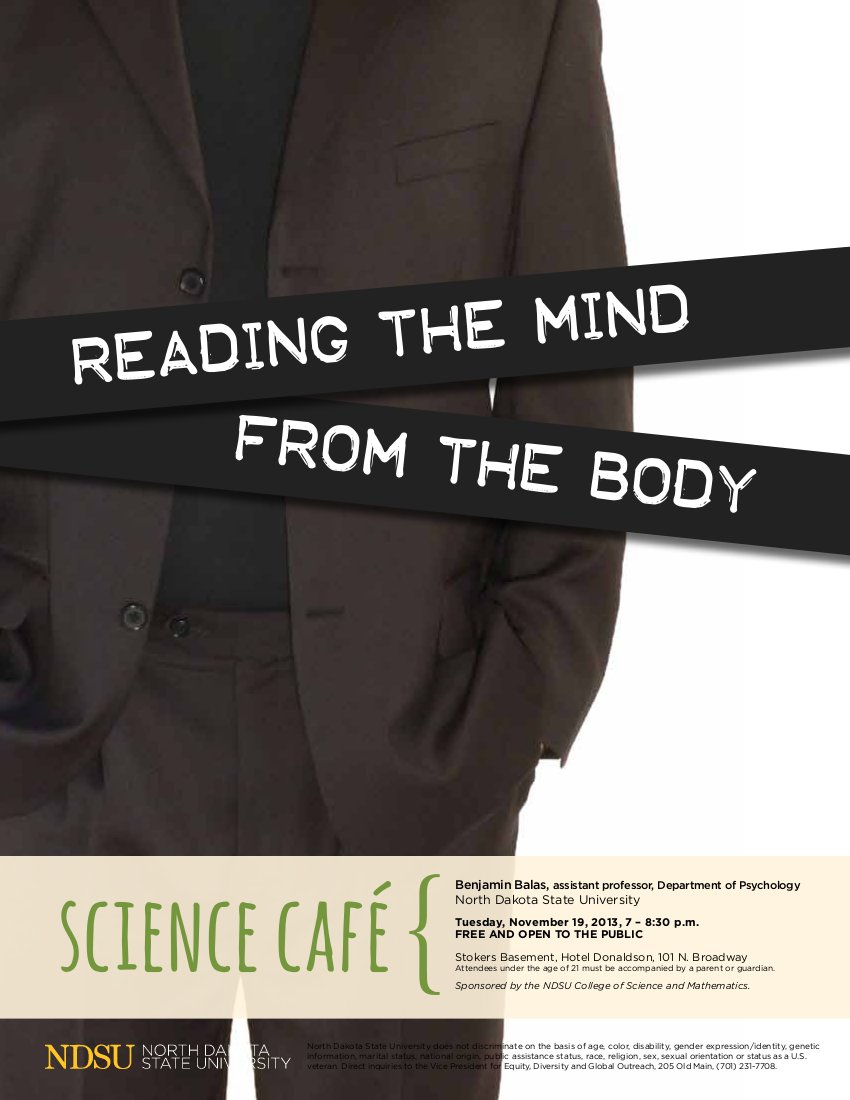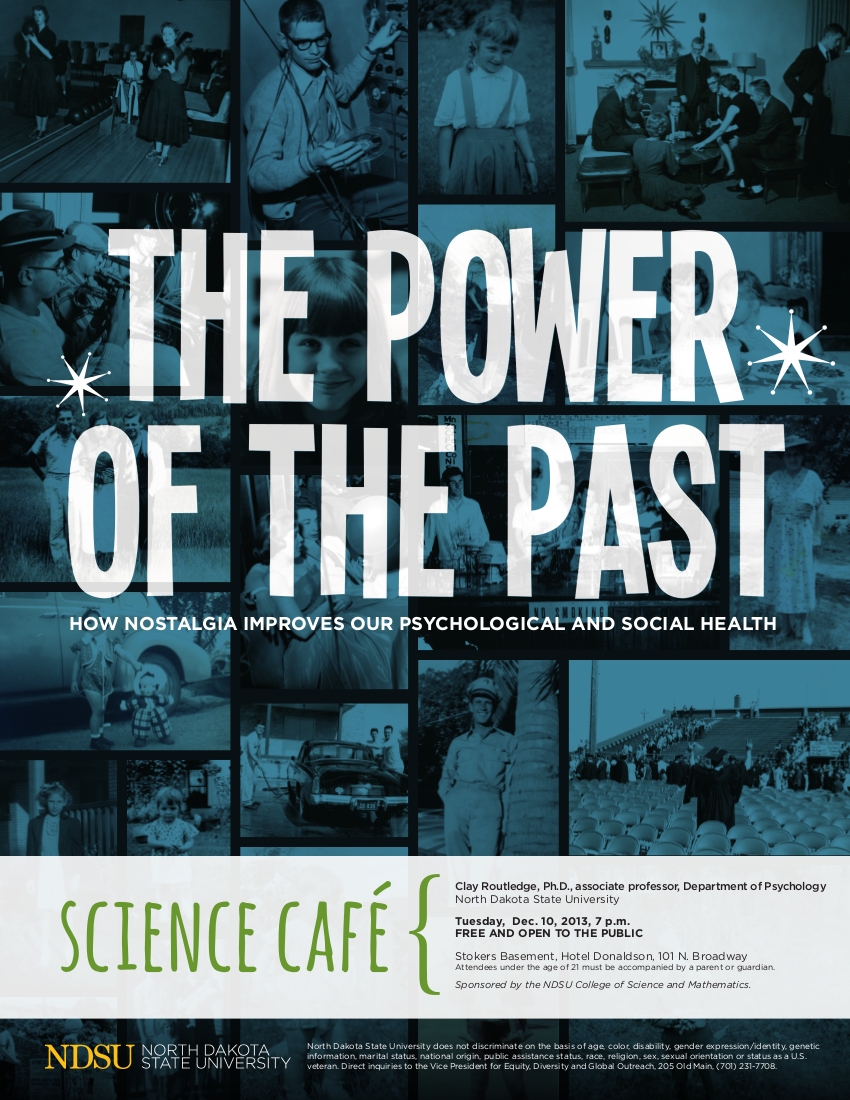
Collapse: How honeybees are dying and what we can do about it
Julia Bowsher
Department of Biological Sciences, North Dakota State University
Honeybees are responsible for the pollination of many different crops. Over the last decade, a significant percentage of honeybee colonies have died due to a mysterious illness called colony collapse disorder, which threatens food production worldwide. This lecture will explore the putative causes of colony collapse disorder and the challenges to restoring colony health.

A geochemist's perspective on the behavior of asbestos minerals in the human lung
Scott Wood
College of Science & Mathematics, North Dakota State University
Asbestiform minerals can cause a variety of lung diseases such as lung cancer, asbestosis, and mesothelioma, especially at occupational exposure levels. There are two main types of asbestos minerals: serpentine asbestos (chrysotile) and amphibole asbestos (tremolite, crocidolite, etc.). Amphibole asbestos is generally considered to be the most toxic, whereas chrysotile is relatively benign. Moreover, some studies suggest that there is an increase in the relative proportion of amphibole to chrysotile asbestos in the lung with time, compared to the proportion in the original material to which patients were exposed. Using a geochemical approach, some hypotheses will be discussed and tested to explain: 1) why the amphibole asbestos is more harmful; and 2) why the proportion of amphibole to chrysotile apparently increases with time. A surprising conclusion of this research is that asbestos minerals may transform into other minerals in the lung during a human lifetime!

Reading the Mind from the Body
Benjamin Balas
Department of Psychology, North Dakota State University
Through gesture, posture, and other forms of body language, we communicate a wide range of social signals to the people around us. A growing body of recent work suggests that surprisingly “thin slices” of behavior - very brief presentations of images or video - support inferences about personality traits and the nature of social interactions. This includes judgments about leadership potential, teaching effectiveness, sexual orientation, and a host of other characteristics. But how accurate are the inferences we make about other people in the blink of an eye? Do body language experts really know what they're talking about? Above all, how do we use visual information to draw conclusions about social variables? I'll discuss what we know about how social vision works in sparse, psychophysical settings and complex real-world environments.

The Power of the Past: How Nostalgia Improves Our Psychological and Social Health
Clay Routledge
Department of Psychology, North Dakota State University
For centuries nostalgia was viewed as a neurological or psychological disease. By the late 20th century nostalgia was no longer considered an illness but was still largely perceived as an unhealthy fixation on the past that prevented people from living in the present and planning for the future. However, recent research on the psychology of nostalgia paints a very different picture. Nostalgia is not a mental illness or vulnerability. It is a psychological resource that people can employ to cope with life stressors and uncertainties. Nostalgia improves psychological and social health and mobilizes people to take on new challenges and goals. In this talk I will review the history of nostalgia, discussing how what was once considered a disease of demonic origin confined to Swiss mercenaries is now believed to be a healthy experience shared by people from all corners of the world. To this end, I will describe some of the exciting new studies indicating that nostalgia makes people feel happy, loved, meaningful, young at heart, energized, charitable, and optimistic about the future.